Photo Gallery for Actias luna - Luna Moth | 243 photos are available. Only the most recent 30 are shown.
|
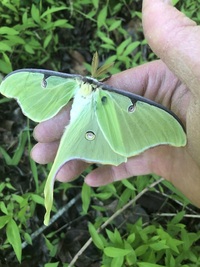 | Recorded by: Caleb Garner on 2024-04-16
Wake Co.
Comment: | 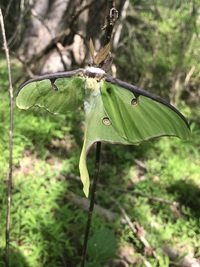 | Recorded by: Caleb Garner on 2024-04-16
Wake Co.
Comment: |
 | Recorded by: Stephen Hall on 2024-04-14
Orange Co.
Comment: | 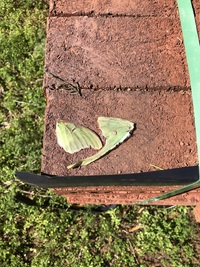 | Recorded by: Caleb Garner on 2024-04-12
Wake Co.
Comment: |
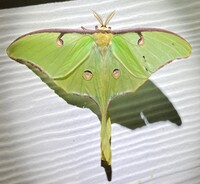 | Recorded by: Dean Furbish on 2024-04-06
Wake Co.
Comment: | 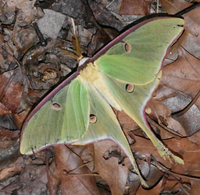 | Recorded by: Emily Stanley on 2024-04-02
Buncombe Co.
Comment: |
 | Recorded by: Mark Basinger on 2024-04-02
Wilson Co.
Comment: | 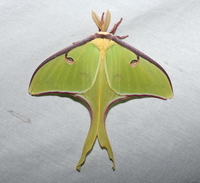 | Recorded by: David George, Jeff Niznik on 2024-04-01
Chatham Co.
Comment: |
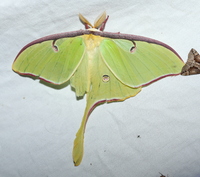 | Recorded by: David George, Jeff Niznik on 2024-04-01
Chatham Co.
Comment: | 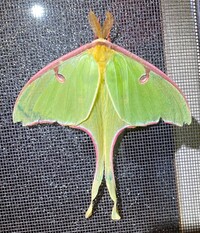 | Recorded by: Dean Furbish on 2024-03-30
Wake Co.
Comment: |
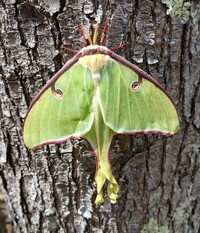 | Recorded by: Simpson Eason on 2024-03-29
Durham Co.
Comment: |  | Recorded by: John Petranka on 2024-03-29
Orange Co.
Comment: |
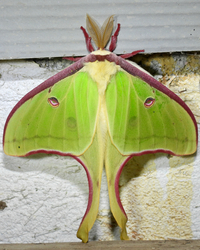 | Recorded by: tom ward on 2024-03-13
Buncombe Co.
Comment: | 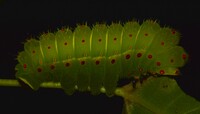 | Recorded by: Stephen Dunn on 2023-09-19
Orange Co.
Comment: |
 | Recorded by: David George, Stephen Dunn, Jeff Niznik on 2023-09-15
Orange Co.
Comment: | 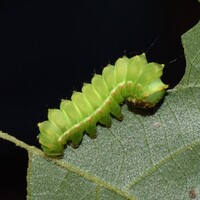 | Recorded by: David George, Jeff Niznik on 2023-09-11
Orange Co.
Comment: |
 | Recorded by: David George on 2023-09-08
Durham Co.
Comment: | 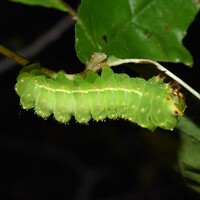 | Recorded by: David George, Stephen Dunn, Jeff Niznik on 2023-09-07
Chatham Co.
Comment: |
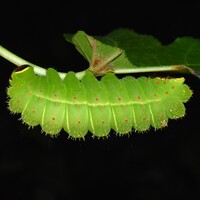 | Recorded by: David George, Jeff Niznik on 2023-09-04
Orange Co.
Comment: | 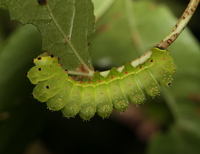 | Recorded by: David George on 2023-09-03
Chatham Co.
Comment: |
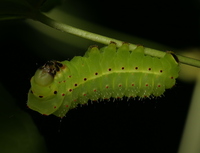 | Recorded by: David George on 2023-09-03
Durham Co.
Comment: | 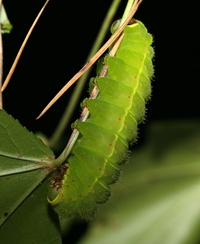 | Recorded by: David George, Jeff Niznik on 2023-09-01
Chatham Co.
Comment: |
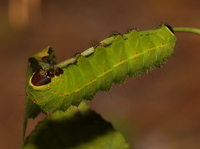 | Recorded by: David George on 2023-08-31
Chatham Co.
Comment: |  | Recorded by: David George, Stephen Dunn, Jeff Niznik on 2023-08-18
Caswell Co.
Comment: |
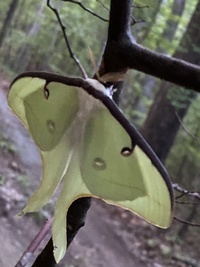 | Recorded by: Carol Ann McCormick on 2023-08-17
Alamance Co.
Comment: | 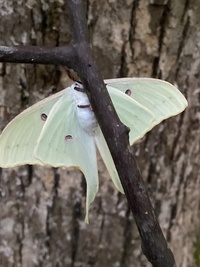 | Recorded by: Carol Ann McCormick on 2023-08-17
Alamance Co.
Comment: |
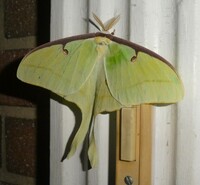 | Recorded by: Simpson Eason on 2023-08-14
Durham Co.
Comment: | 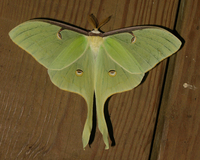 | Recorded by: Owen McConnell on 2023-08-13
Graham Co.
Comment: |
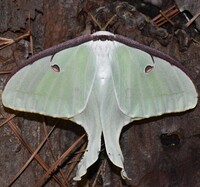 | Recorded by: David George, Stephen Dunn, Jeff Niznik on 2023-08-10
Orange Co.
Comment: | 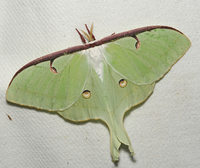 | Recorded by: Chuck Smith on 2023-08-09
Davidson Co.
Comment: |
|